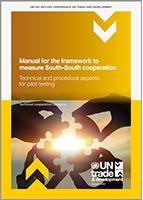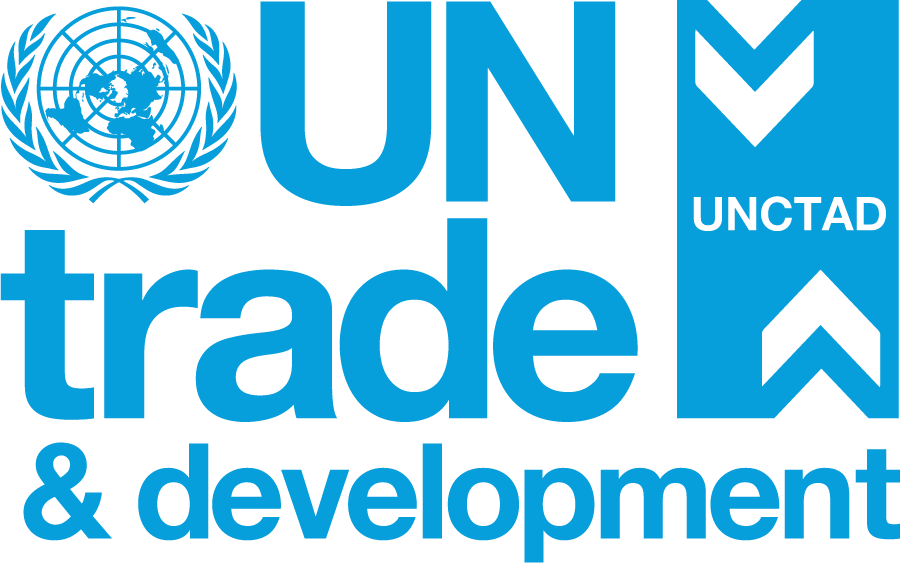
South-South cooperation is a source of innovation and mutual support, and plays an important role in contributing to sustainable development, alongside other development support. South-South data, collected and reported on terms defined by the global South, are central for empowering countries to shape their development trajectories.
SSC is guided by principles such as horizontality, solidarity, respect for sovereignty, country ownership, complementarity, mutual benefit, equity, transparency, and accountability. The essence of SSC evokes solidarity among the peoples and countries of the global South.
As a result of the country-led process, the initial voluntary conceptual Framework to Measure South-South Cooperation was developed and agreed upon for further testing and validation by additional countries.
The Manual for the Framework to Measure South-South Cooperation – Technical and procedural aspects is intended to support pilot testing of and data collection for the Framework to Measure South-South Cooperation.
The Manual focuses on government-led activities that are aimed at development or humanitarian purposes. These elements are the most feasible to track and measure as a starting point.
Activities driven by commercial interests, such as trade, as well as exchanges between private parties, are excluded from the Framework and this Manual.
This living document provides guidance on the concepts and methodologies essential for measuring SSC in line with the Framework to enable reporting of data to SDG indicator 17.3.1 on development support.
The Manual is a result of a country-led process, drawing on vast experience of pioneering countries in collecting data on SSC, and will be complemented with additional country experience based on pilot testing.
Regional commissions also play a pivotal role in supporting the preparation and dissemination of this guide, namely David Boko of the Economic Commission for Africa (ECA); Zeynep Orhun Girard of the Economic and Social Commission for Asia and the Pacific (ESCAP), Wafa Aboul Hosn and Christoph Rouhana of the Economic and Social Commission for Western Asia (ESCWA); and Alfonso Zerón Marmolejo of the Economic Commission for Latin America and the Caribbean (ECLAC).
The Manual is structured as follows:
- Chapter 1 provides a conceptual overview and historical background of SSC, including the development of the conceptual Framework for measuring SSC, which lays the foundation for discussion on the importance of measuring SSC.
- Chapter 2 considers the value of data, challenges and considerations emerging when measuring and reporting on SSC, as well the rationale behind the Framework, including SDG indicator 17.3.1.
- Chapter 3 details the adopted voluntary Framework and lays out means to collect data accordingly.
- Chapter 4 explores the national institutional set-up required for effective measurement and reporting of SSC.
- Chapter 5 focuses on data sources needed.
- Chapter 6 outlines quality assurance considerations in line with practices in official statistics.
- Chapters 7 and 8 elaborate on the analysis, dissemination, and reporting of SSC data and statistics, with chapter 8 focusing on reporting for the SDG indicator.
The document concludes by providing relevant tools for data collection and reporting as annexes, including a glossary of terms.


